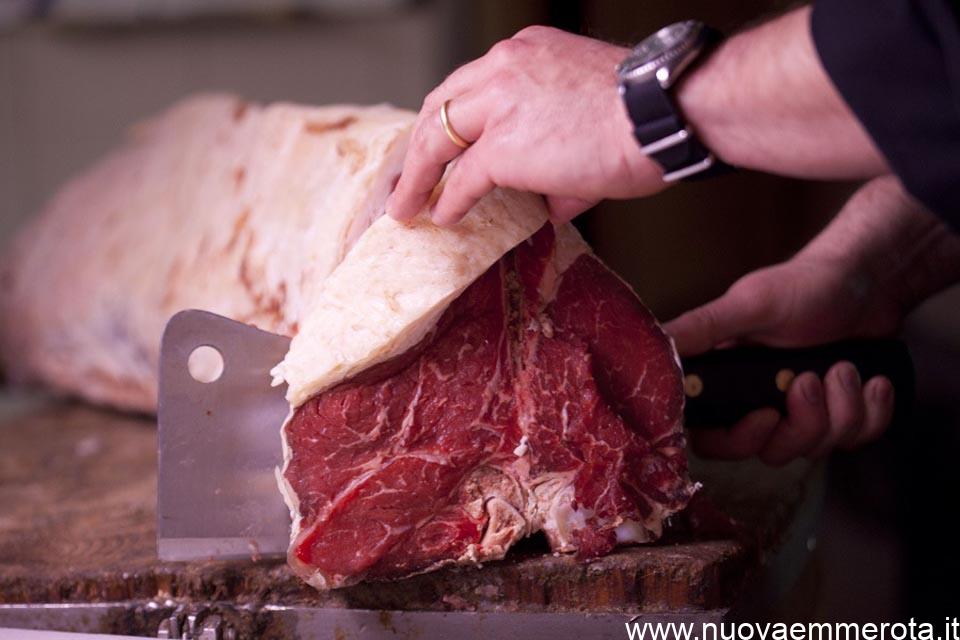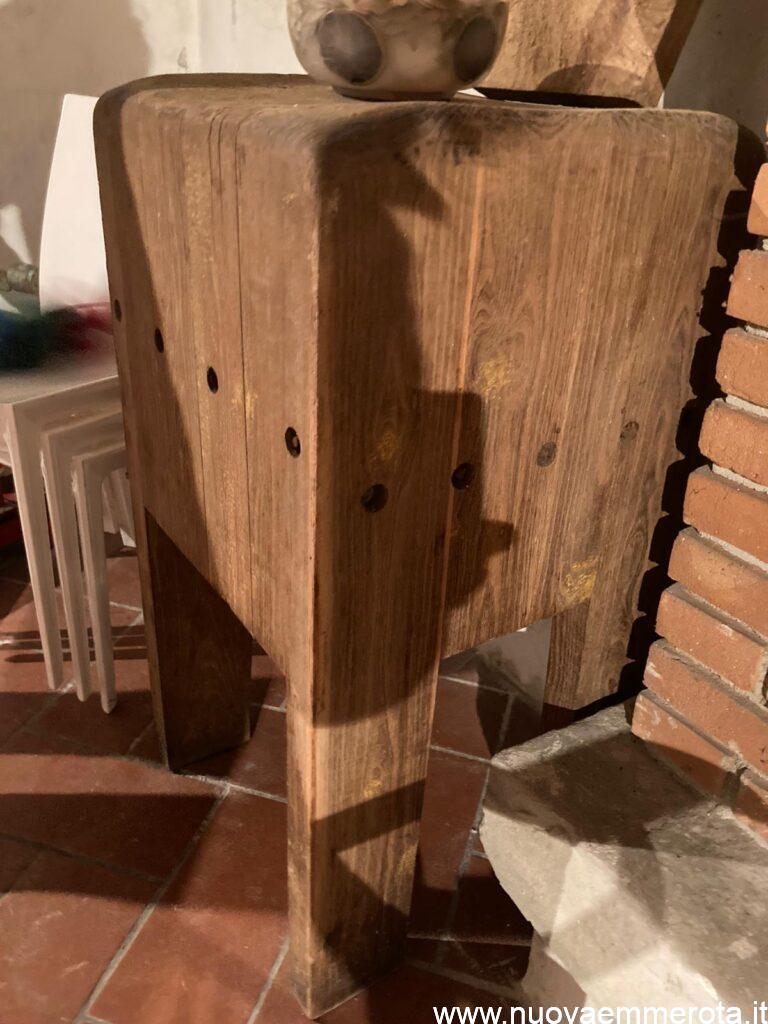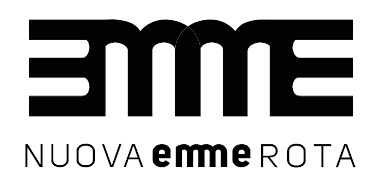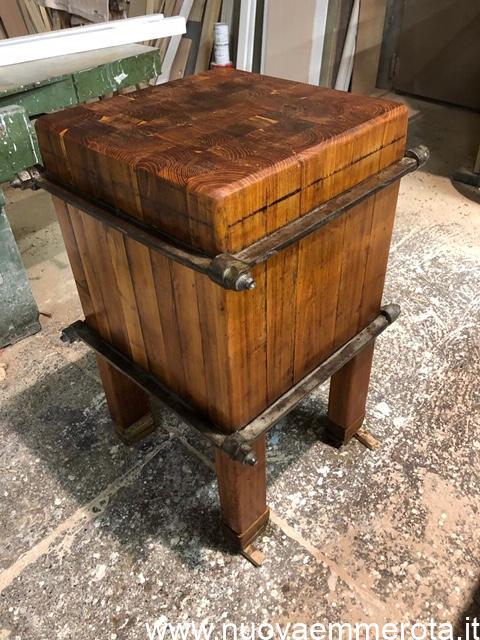Have you ever heard or seen a butcher block?

Few days ago on our LinkedIn Company page, I had launch a sort of survey posting a butcher block picture. I had asked people to guess what that singular object was, because we had just restored one in our carpentry in Bergamo.
Thinking that very few people would guess offhand what that was just like me, I had to change my mind.
A guy (so a young person compared to the use of the tool) in fact, had immediately answered that it was a meat chopping board. He didn’t use the correct name ‘ceppo’ (block), but he had recognized it.
There was also someone that had exchanged the block for an old icebox. Actually, if you go to verify on the web, iceboxes were made in wood too in the past and some models would have a similar shape.

But let’s get back to our block in our carpentry. When the work was done, I had candidly asked to my boss Lorenzo: ‘when are we going to take off iron bars to this very original stool?’.
Unfortunately I don’t have a picture of his expression in that moment, but something from his glance, made me think that nice piece of wood, was not made to seat…
Anyway, with patience and comprehension, my boss explained me that was not a stool, but a butcher block used to cut meat or to mix the sausage.
And it’s not a good idea to remove iron bars (if presents), because they should stay there to give blocks more resistance under the knife hits.
A Woodmaster job
Now everything is clear. That’s is the reason why you would need a strongman to lift the block, it is very heavy!

So, I had an explanation of what that object I had called stool was. But I’ was not satisfy, yet.
Intrigued, I went to ask more details to Mario. He is Masterwood for more then 50 years and he is the pillar of our carpentry, moreover he is Lorenzo’s father.
He had explained me that usually the butcher block is made by Beech wood, because very resistant and it’s peculiar design (it you look at it from the top you may catch a glimpse of a chessboard), is given by the head of the wooden laths.
In essence, it is like having lot of chopping boards placed vertically one next to the other on a 4 leg base. I am not from Bologna, but as in that Italian region would people say, I had exclaimed with their accent: ‘uno spettacolo!’ (what a show!).
The butcher block transformation in design object
I do not know why the butcher block would fascinates me so much, maybe for its simpleness or because such an old object could find a perfect place in a modern design, too.

Who said that a vintage object need to be placed in an old style location? Moreover, who stablish that the function of an object should not change during time?
Of course a butcher block would fits well to rustic style houses, but if the block is properly restored, it could be nice to place it in a more modern habitat, too.
Furthermore, nobody can established that you must put some meat and a knife over the butcher block.
Well, if it would there had a butcher or an expert chef within my family, I would not hide you that during a dinner among friends (I will make sure first that some of them didn’t became vegetarian without said it), I would ask him to cut the meat on the butcher block.
However, as the butcher block is a strong table top, you could also use it for something else. A friend of mine for example, she has a butcher block that use it for fruits. The color of wood next to fruits colors are a good mix.
Someone told me that it is possible to find butchers block in pubs, too. They use it to as a table top to put on the bottle of wine. What a cool idea!
And you, were would you place the butcher block?
In this article I didn’t give you technical explanation about the butcher block.
That’s is good, because my desire was making you know a little bit about this tool and give you some hint about how to take advantage of its design within spaces. But also outside, why not?
If you have a butcher block or if you see one around, please take a picture and share it with us. Thank you!
See you soon!

